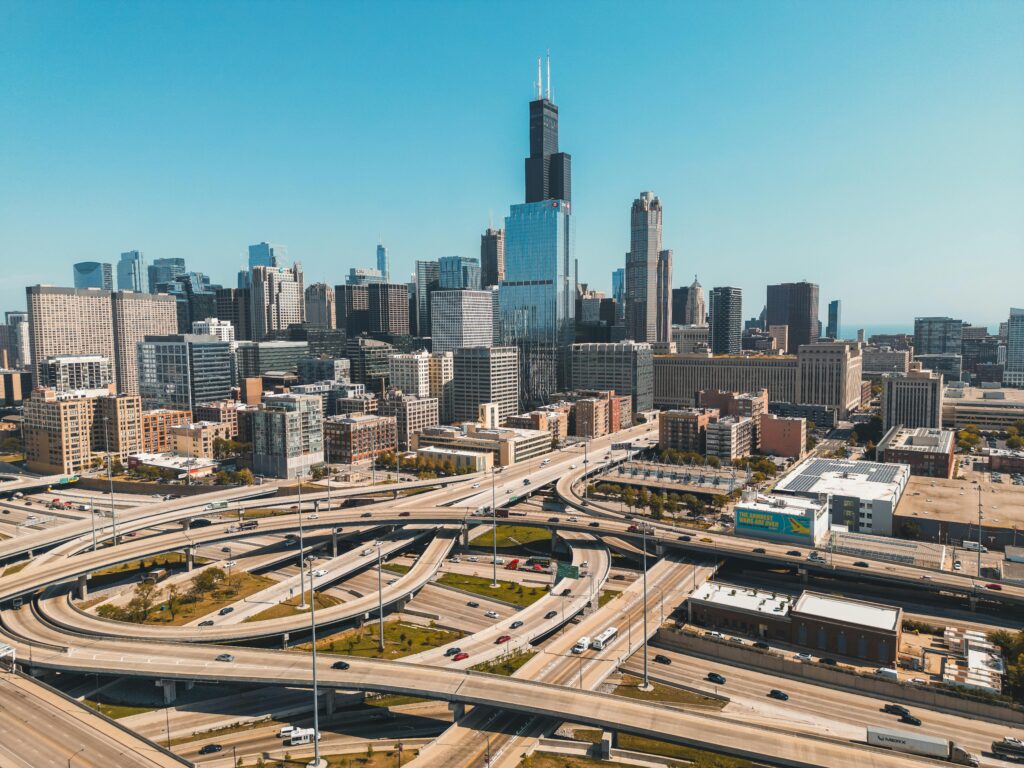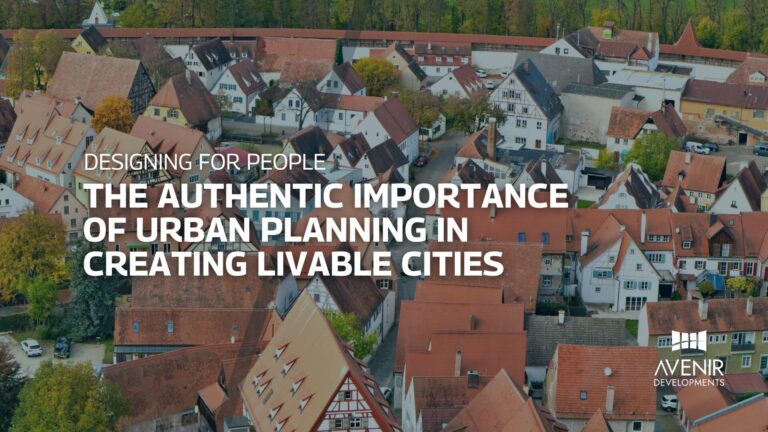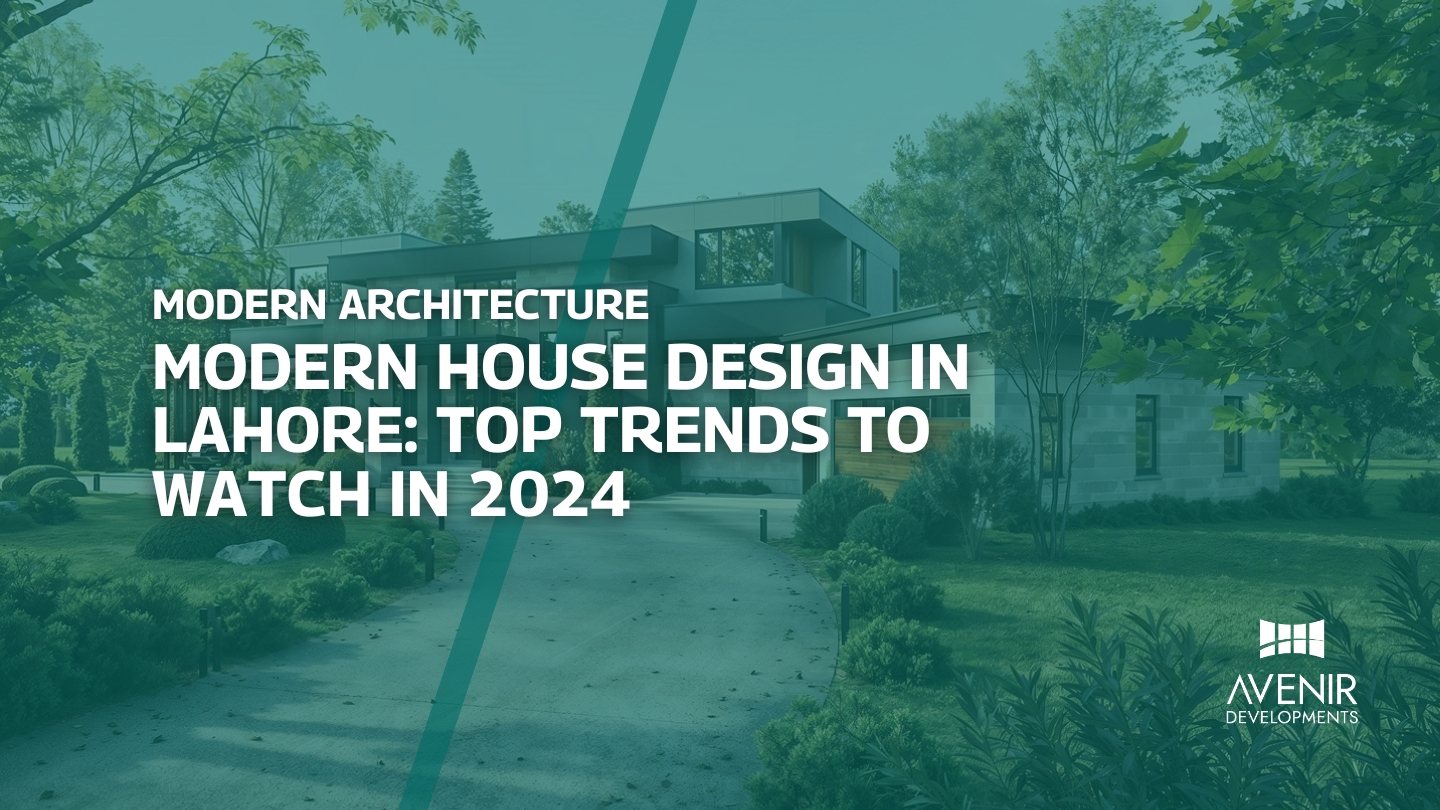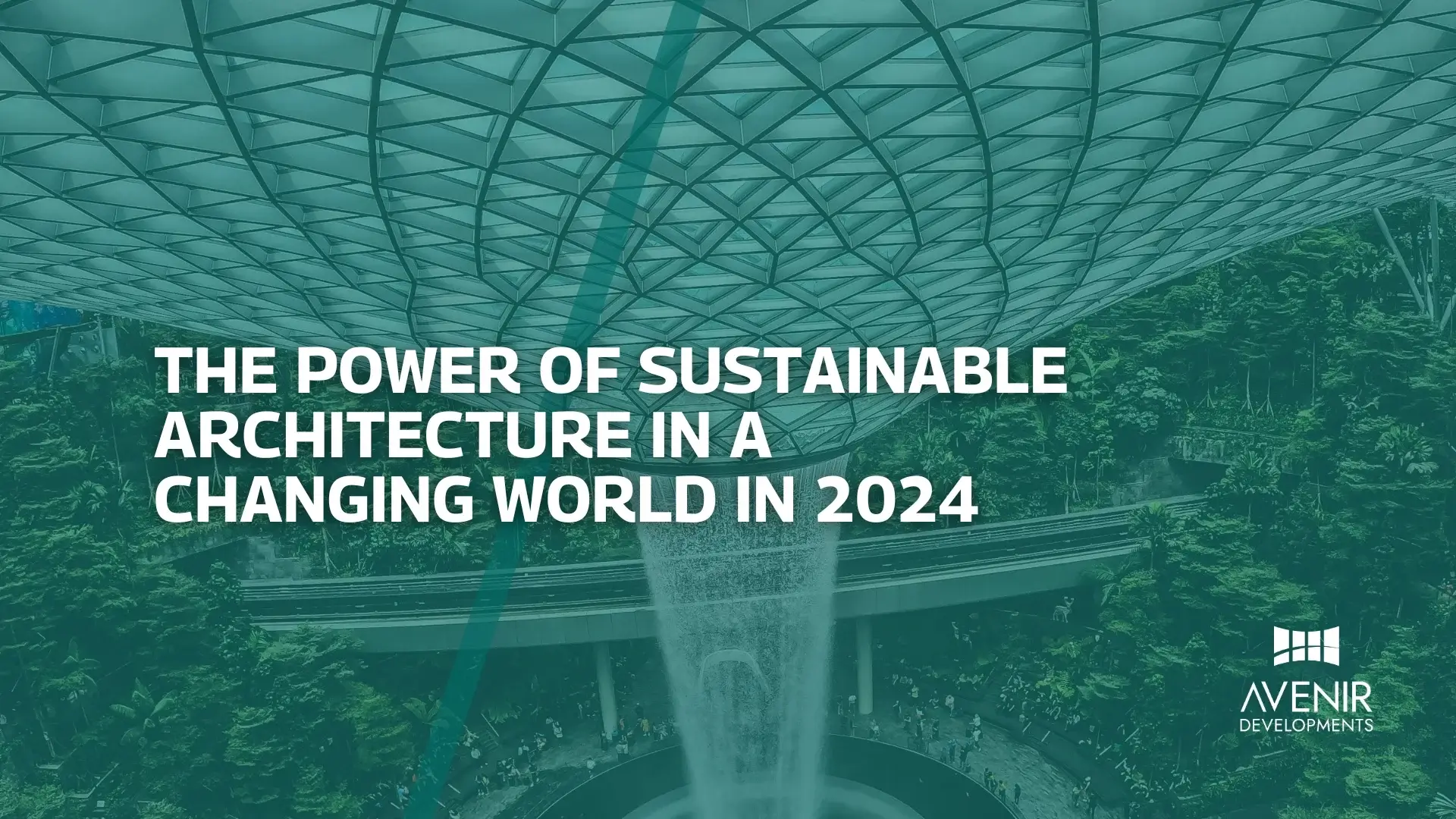To understand Importance of Urban Planning you have to ask yourself that, have you ever wondered why some cities seem to effortlessly blend form and function, while others struggle with congestion, pollution, and social inequality? The answer lies in the power of urban planning. As a seasoned architect and designer, I’ve witnessed firsthand the transformative impact of well-conceived urban spaces. From the bustling streets of Lahore to the serene avenues of Islamabad, cities can be designed to enhance our quality of life. In this article, we’ll delve into the critical role of urban planning in creating livable cities, exploring its historical evolution, contemporary challenges, and future possibilities.

A Historical Perspective on Urban Planning: Importance of Urban Planning
Urban planning, the art and science of arranging and designing urban spaces, has been practiced for millennia. From the ancient cities of Rome and Athens to the medieval walled towns of Europe, urban planners have shaped the human experience. These early urban centers were often designed with specific functions in mind, such as trade, defense, and religious worship.
As cities grew in size and complexity, so too did the challenges of urban planning. Industrialization brought rapid urbanization, leading to overcrowding, pollution, and social unrest. In response, urban planners began to focus on public health, sanitation, and housing reform. The Garden City movement of the late 19th and early 20th centuries, for example, emphasized the importance of green spaces, low-density development, and community.
In the mid-20th century, urban planning shifted towards a more modernist approach, characterized by large-scale urban renewal projects and a focus on efficiency and functionality. However, these projects often displaced communities and created impersonal, sterile environments.
Today, urban planning has evolved to address a wide range of challenges, including climate change, economic inequality, and social justice. By creating walkable, bikeable, and transit-oriented cities, we can reduce our reliance on cars and improve air quality. By designing inclusive and equitable spaces, we can foster social cohesion and economic opportunity for all.
Contemporary Urban Planning Trends
In recent years, urban planning has seen a resurgence of interest, with a renewed focus on human-centered design. This trend is evident in the growing popularity of smart cities, which use technology to improve the efficiency and sustainability of urban systems.
One key trend in urban planning is the emphasis on mixed-use development. By combining residential, commercial, and cultural uses within a single development, mixed-use projects can create vibrant, walkable neighborhoods. This approach can also help to reduce traffic congestion and air pollution.
Another important trend is the increasing focus on green infrastructure. Green infrastructure, such as parks, green roofs, and rain gardens, can help to mitigate the impacts of climate change, improve air and water quality, and enhance biodiversity.
In Pakistan, urban planning is a critical issue, particularly in rapidly growing cities like Lahore and Karachi. As these cities continue to expand, it is essential to adopt sustainable urban planning practices to ensure a high quality of life for all residents. This includes investing in public transportation, promoting affordable housing, and creating green spaces.
To address these challenges, the government of Pakistan should prioritize urban planning in its development policies. By implementing effective land-use regulations, zoning codes, and building codes, the government can encourage sustainable development and reduce urban sprawl. Additionally, public-private partnerships can be leveraged to finance infrastructure projects and innovative urban development initiatives.
It is also important to involve local communities in the urban planning process. By engaging with residents and stakeholders, planners can ensure that their needs and aspirations are reflected in the design and development of their cities.

Common Questions about Urban Planning
Q1: What is the role of urban planners in shaping cities?
Urban planners play a crucial role in shaping the physical and social environment of cities. They are responsible for creating comprehensive plans that address issues such as land use, transportation, housing, and infrastructure. By analyzing data and conducting public consultations, urban planners develop strategies to improve the quality of life for city residents.
Q2: How can urban planning address climate change?
Urban planning can play a significant role in mitigating the impacts of climate change. By promoting sustainable transportation options, such as walking, biking, and public transit, we can reduce greenhouse gas emissions. Additionally, green infrastructure, such as urban forests and green roofs, can help to absorb carbon dioxide and reduce the urban heat island effect.
Q3: What are the challenges of urban planning in developing countries?
Developing countries often face significant challenges in urban planning, including rapid urbanization, poverty, and inadequate infrastructure. These challenges can lead to urban sprawl, traffic congestion, and environmental degradation. To address these issues, developing countries need to invest in sustainable urban development, including affordable housing, public transportation, and green spaces.
Q4: How can urban planning promote social equity?
Urban planning can promote social equity by creating inclusive and accessible cities. This involves ensuring that all residents have access to essential services, such as healthcare, education, and transportation. Additionally, urban planners can work to reduce disparities in income and opportunity by promoting mixed-income housing and supporting local businesses.
Expert Tips for Creating Livable Cities
Based on my years of experience in architecture and design, here are some expert tips for creating livable cities:
- Prioritize People over Cars: Design cities that prioritize pedestrians and cyclists, with wide sidewalks, bike lanes, and ample public transportation options.
- Foster Community and Social Interaction: Create vibrant public spaces, such as parks, plazas, and community centers, to encourage social interaction and a sense of belonging.
- Embrace Green Infrastructure: Incorporate green spaces, such as parks, green roofs, and urban forests, to improve air quality, reduce stormwater runoff, and enhance biodiversity.
- Promote Sustainable Development: Encourage sustainable building practices, energy-efficient buildings, and renewable energy sources to reduce the environmental impact of urban development.
- Plan for the Future: Consider long-term trends, such as population growth and climate change, when developing urban plans.
- Involve the Community: Engage with local residents and stakeholders to ensure that urban development projects meet their needs and aspirations.
By following these tips, we can create cities that are not only functional and efficient but also beautiful, sustainable, and equitable.
In conclusion, urban planning is a powerful tool for shaping the future of our cities. By prioritizing people, sustainability, and equity, we can create vibrant, livable, and resilient urban environments. As we face the challenges of the 21st century, urban planners have a critical role to play in building a better future for all.
If you’re looking to embark on a residential or commercial project in Lahore or Islamabad and want to ensure it aligns with sustainable urban planning principles, contact Avenir Developments today at +923001101103. Our team of experienced architects and designers is committed to creating spaces that are both beautiful and functional.
Read More: Urban Planning Advice for a Changing World: Key Trends and Challenges in Pakistan for 2024






